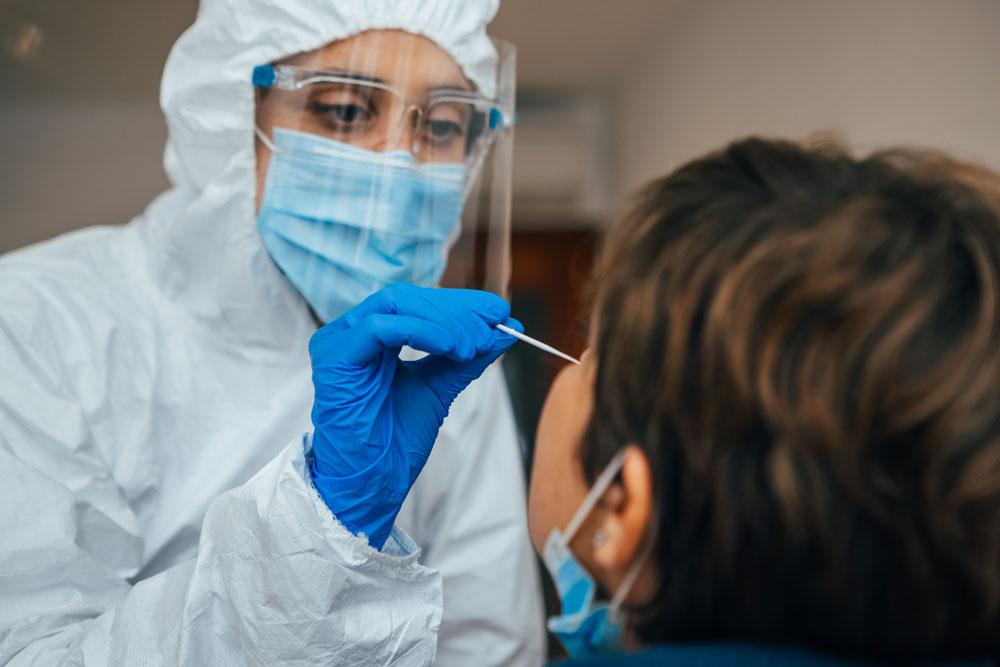Mels Arnoldy, MSc graduate of Rotterdam School of Management Erasmus University investigates the benefits of sustainable devices.
Over the past 30 years, hospitals have become reliant on single-use medical devices. Born out of the need to keep clinical settings sterile and the ability of manufacturers to produce tools at mass.
Their continued use is problematic for a number of reasons, but two stand out above others. The first is the paradox that relying on such tools causes harm to global health, which is at odds with what hospitals are set up to protect. The environmental pollution caused by the high levels of waste and the difficulty of disposing of the complicated compositions they’re made of leaves a significant footprint on the earth.
Costs are also a key concern. Devices are made in large supply and operate in linear value chains, which start at manufacture and end with disposal. Money is lost once each item is consigned to waste. Devices are also vulnerable to supply chain disruptions, which can be disastrous for hospitals and their patients if supplies run low.
A solution can be found in establishing circular hospitals, where clinicians shift away from single-use medical devices towards reusable tools which, as well as only needing to be produced at a lower volume, can be easily reprocessed, repaired and recycled, often in a more localised capacity. This could reduce costs, decrease wastage, ease supply chain reliance and make hospitals far more efficient.
However, to achieve this, the material logistics infrastructure of hospitals needs to be adapted. My research undertaken during my time at Rotterdam School of Management Erasmus University set out to provide a step forward.
The first phase was problem definition. There are over 500,000 types of medical devices in use on the European market. To understand where the key challenges lie, a typology that sets out the many different varieties and how the requirements on the material logistics infrastructure changes when moving from a single use to a reusable version was developed.
This was created through a structured examination of all medical devices that have a Life Cycle Analysis and Life Cycle Costing, comparing single-use tools with their reusable versions. These studies measure the environmental impact and costs over the full life cycle of each device.
In the second phase, the typology was used to investigate how circular the material logistics infrastructure of hospitals currently is.
Consulting with Erasmus University Medical Centre and Leiden University Medical Centre in the Netherlands, the study identified both common problems and the effectiveness of their existing solutions through analysing data retrieved from discussions with senior hospital staff, and reviewing archive documents.
This made clear where practices can be adapted. The third phase was solution design, consulting with businesses offering new ways forward to the medical sector, and experts with experience of their implementation.
The result of these explorations is establishing a series of pathways that can assist hospitals in finding their way to operating in a more circular fashion.
Reducing financial and global costs
The structured analyses of Life Cycle Analyses and Life Cycle Costing studies data gathered on each reprocessing type provides comprehensive evidence for the theory that reusable medical devices have a lower environmental impact and lower costs than single-use medical devices.
Such findings can help decision makers to identify the specific types of medical devices that have the lowest environmental impact and/or costs and choose to invest in them. This can help to change both mindsets and practices.
On an industry-wide scale, such decisions taking place will also highlight exact areas where circular innovation is most needed, spurring action.
Tracking and streamlining logistics
Beyond device make-up, the study provides a breakdown of how the requirements of material logistics infrastructure elements can change when devices are swapped from a single use to a reusable version.
These elements include transport, tracking and tracing, storage space, reprocessing, repair and point-of-collection space, so the wider impact of their continued use can be fully understood.
There is a financial element to this too, as monetising this aspect of a device’s environmental and social impact can help to illustrate which options for device production and disposal are more sustainable, and smarter choices can be made.
Challenging processes
Each hospital may operate in its own style, but common problems exist across the board. The studies’ investigations revealed 70 common problems.
For some, solutions have already been developed providing others with a blueprint to follow.
For all other common problems, the data enabled the production of a solutions flowchart, setting each out in a step-by-step order to be followed and also showing where the same solution can be used to solve multiple issues.
Doing this also highlighted where the most important and necessary solutions are needed, helping to direct hospital decision makers in their investment decisions and actions.
Track and trace
One such area is tracking and tracing, as many solutions to problems generated by single-use medical device supply, use and disposal can be found through monitoring.
The study data indicates that hospitals should invest in better ways to track everything that happens with a unique medical device, including identifying where it will eventually end up as waste inside the hospital.
Those hospitals which accomplish this can eventually identify how much of an environmental impact they are making, and which costs can then be reduced when switching from a single use to a reusable version, backed up by data from LCA and LCC studies.
However, in order to change to reusables, investments in the material logistics infrastructure are required, which can sometimes present a hurdle for those wanting to see a swift return. The costs of the required investments should be, at least, offset by the potential gains from switching to reusables.
Investment in the material logistics infrastructure are required in many ways. Storage space can be optimised with a Warehouse Management System, and supply chains can be stabilised through automated order systems, whilst adding RFID technology to each device can enable these innovations to become possible as well as boosting traceability, providing details of devise history as well as adding information on correct disposal.
Doing this could help hospitals recycle and sell some of their waste streams, including plastics and expanded polystyrene, or let suppliers or service providers pick up some waste streams for reprocessing, repair and recycling, enabling them to recover some costs.
Future investments
The solutions flowchart also provides further practical implications for external stakeholders.
Businesses can identify new business opportunities, healthcare insurances and banks can allocate their innovation budgets accordingly, and lastly governments and policymakers can adapt laws and regulations accordingly.
The result? A greener, more innovative and financially efficient system which protects global health in more ways than one, rather than damaging it.





